Sebastião Salgado is a renowned Brazilian documentary photographer, humanitarian, and environmentalist, widely regarded as one of the most influential visual storytellers of our time. Known for his powerful black-and-white images, Salgado has spent decades capturing the human condition, documenting the struggles of marginalized communities, workers, and refugees across the globe.
His work transcends photography, serving as a visual chronicle of social injustice, migration, conflict, and environmental degradation. Beyond his photographic achievements, Salgado is also a dedicated conservationist, co-founding Instituto Terra, a large-scale reforestation project aimed at restoring the Atlantic Forest in Brazil. His extraordinary blend of art, activism, and environmental advocacy continues to inspire change and raise awareness about some of the world’s most pressing issues.
Scroll down and inspire yourself. You can check Salgado’s Instagram account for more amazing photos.
You can find Sebastião Salgado on the Web:
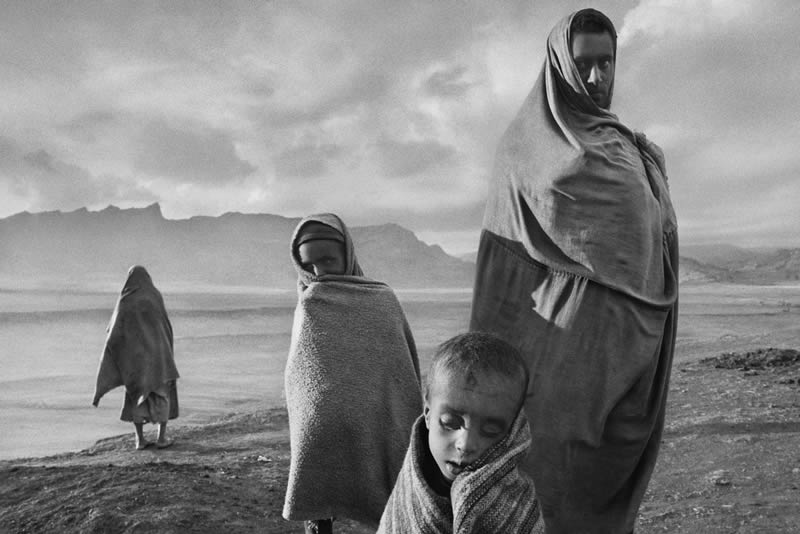
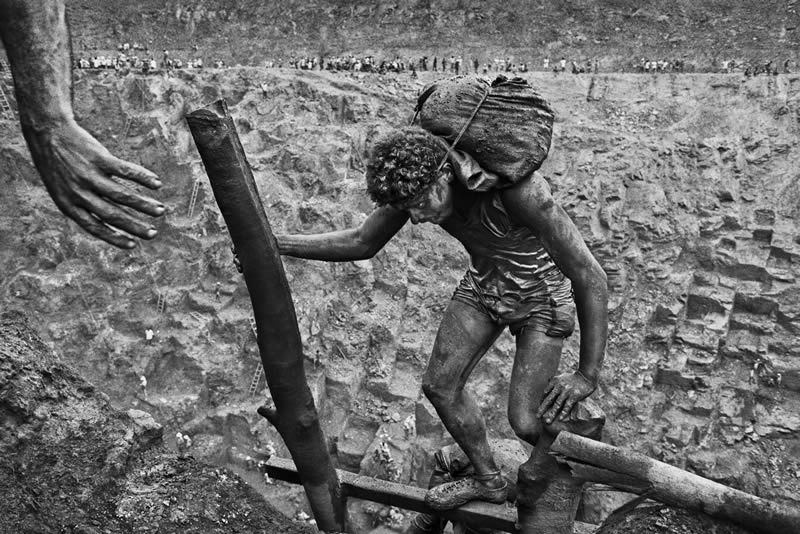
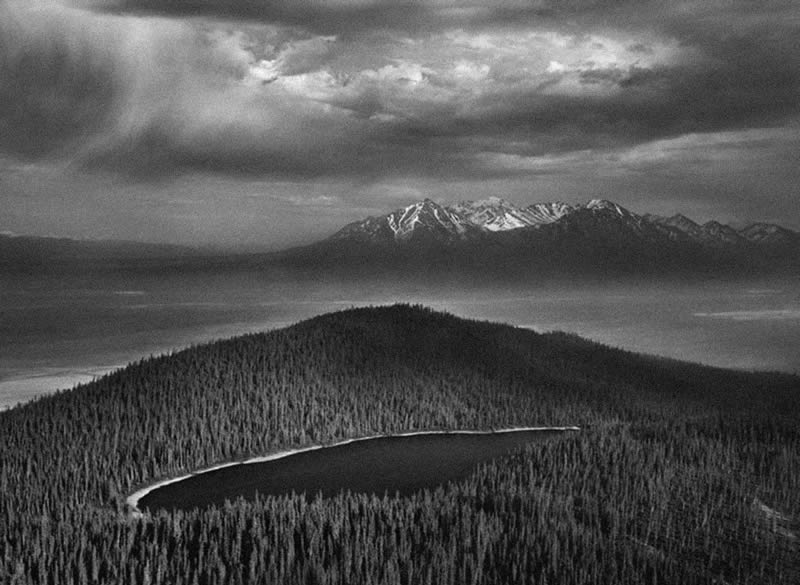
Early Life and Education
Sebastião Salgado was born on February 8, 1944, in Aimorés, a small town in the state of Minas Gerais, Brazil. His family owned a cattle ranch, and he grew up in close proximity to the Brazilian countryside. This early connection to nature, though not fully realized until later in life, would become a crucial element in his later works.
Salgado initially pursued a different path. He studied economics at the University of São Paulo and earned a master’s degree. After graduating, he worked as an economist for the International Coffee Organization, traveling to various African countries. It was during these trips that Salgado began experimenting with photography, using his wife Lélia Wanick’s camera. This experience proved transformative, as he gradually shifted from economics to photography in the early 1970s, abandoning his stable career to follow his passion for documenting humanity and its struggles.
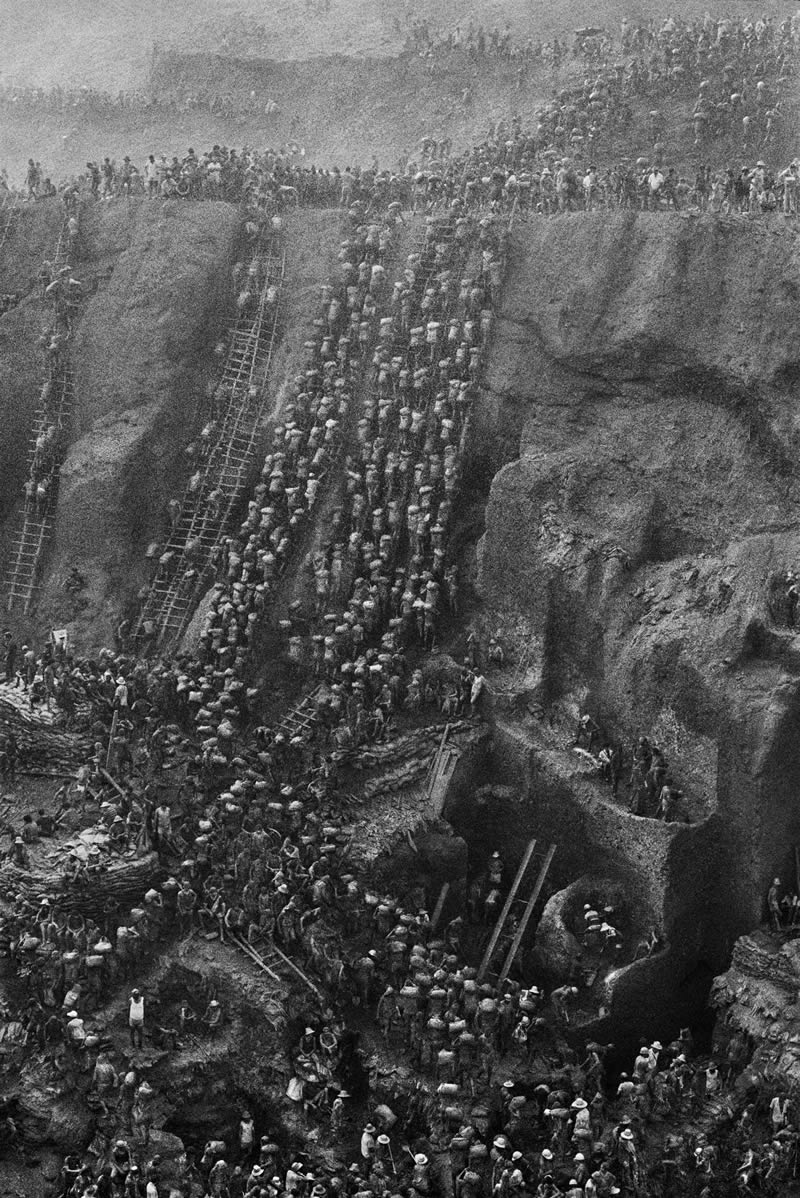
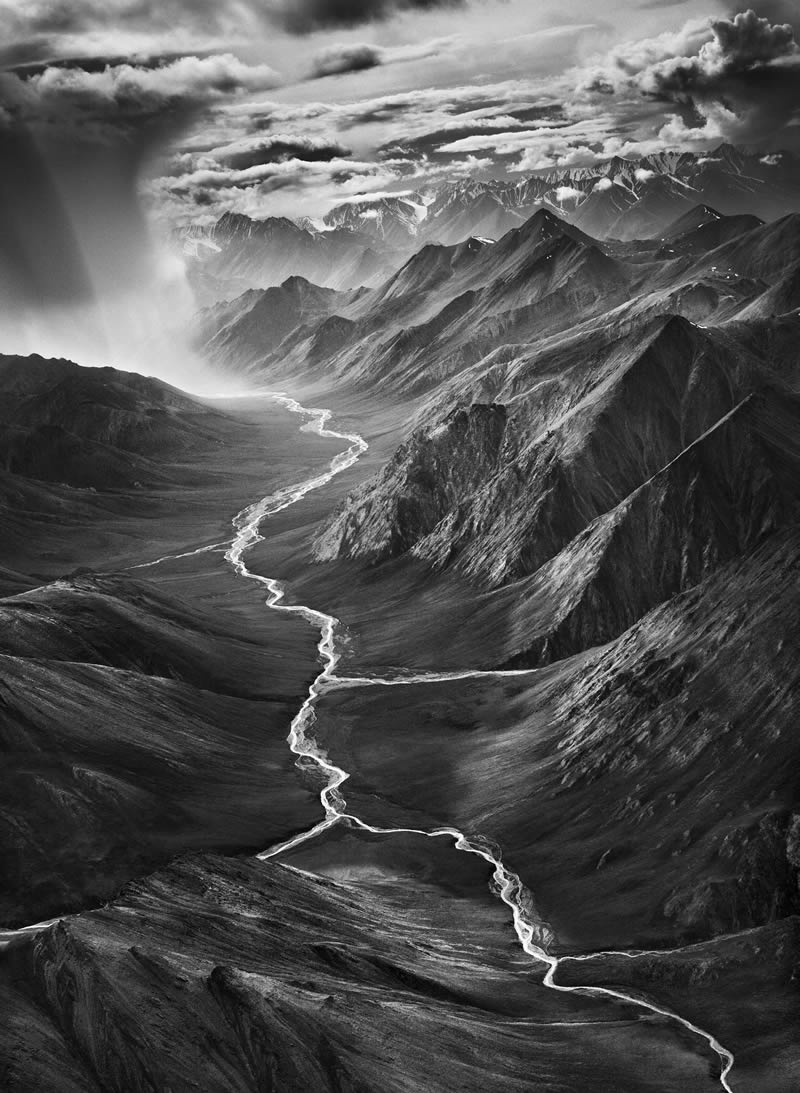
Why Sebastião Salgado is Important
Sebastião Salgado is widely regarded as one of the most significant documentary photographers of the 20th and 21st centuries. His importance stems not only from his technical mastery and aesthetic sensibility but also from his profound commitment to social and environmental causes. His work captures the stark realities of human suffering, migration, labor, and environmental degradation in a manner that evokes empathy and critical reflection.
Salgado’s black-and-white images are known for their epic scale and their ability to convey the complexity of global issues such as poverty, famine, conflict, and environmental destruction. He uses photography as a tool for storytelling and advocacy, believing that visual narratives have the power to move people toward social change.
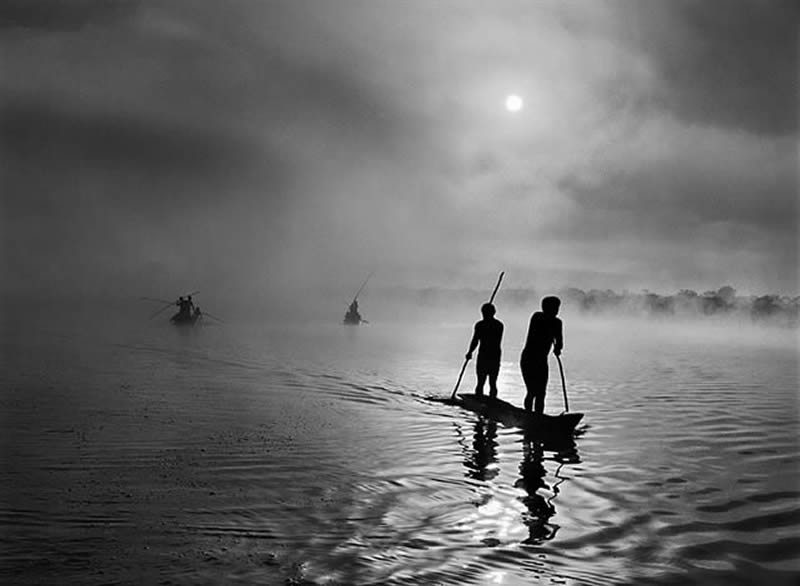

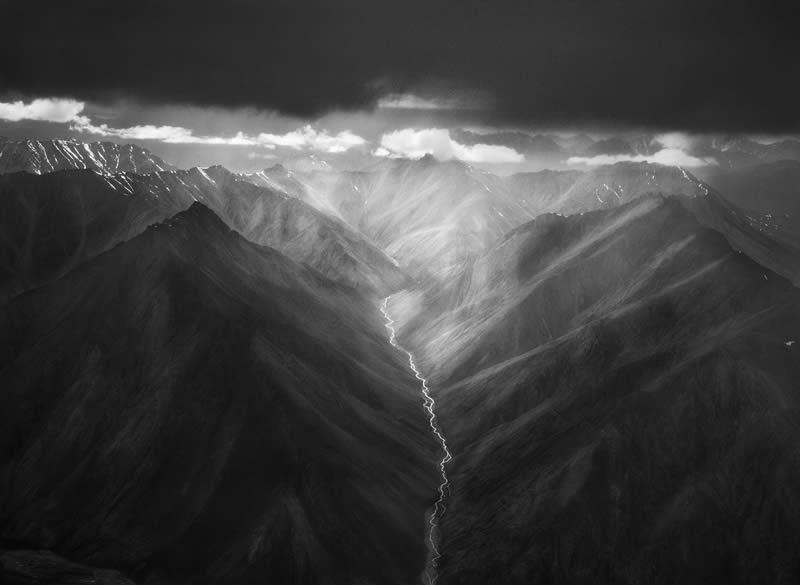
His Major Projects
Salgado’s photographic career has been marked by several groundbreaking projects, often spanning many years of research and travel. Each of his projects focuses on different facets of human and environmental conditions, and they have had a profound impact on the public’s understanding of global issues.
“Other Americas” (1977–1984):
This project, his first major body of work, focused on the indigenous and rural communities of Latin America. Salgado sought to document the lives of those marginalized by modernization and political turmoil.
“Workers: Archaeology of the Industrial Age” (1993):
This monumental project explored the life and labor of manual workers across the globe, from miners in South America to ship-breakers in Bangladesh. It is a homage to the vanishing world of manual labor in the face of industrialization.
“Migrations” (2000):
Perhaps one of his most ambitious projects, “Migrations” documents mass displacement caused by wars, famine, and economic hardship. Salgado traveled to more than 40 countries to photograph the human cost of forced migration and exile.
“Genesis” (2013):
In a departure from his earlier works that focused on human suffering, “Genesis” was a celebration of the planet’s natural beauty. Spanning eight years, the project documented pristine landscapes, wildlife, and indigenous peoples living in harmony with nature. This work is Salgado’s love letter to the planet, highlighting its fragility and the need for conservation.
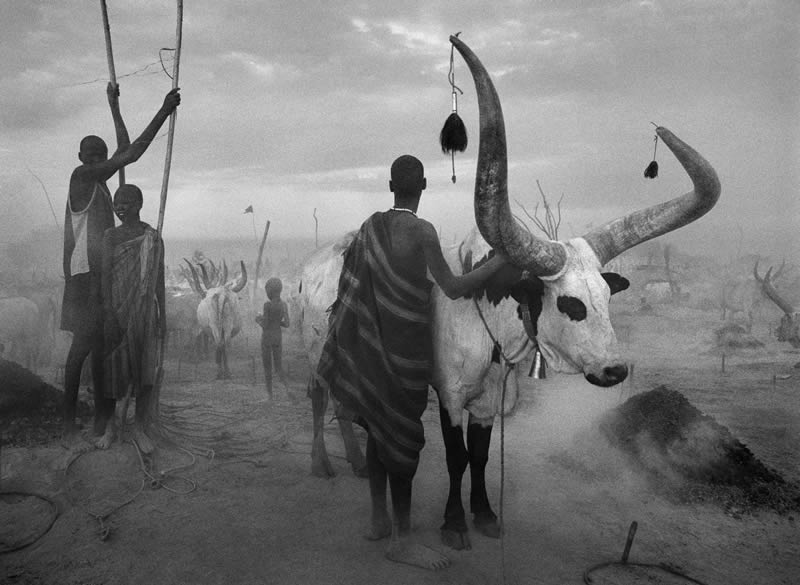
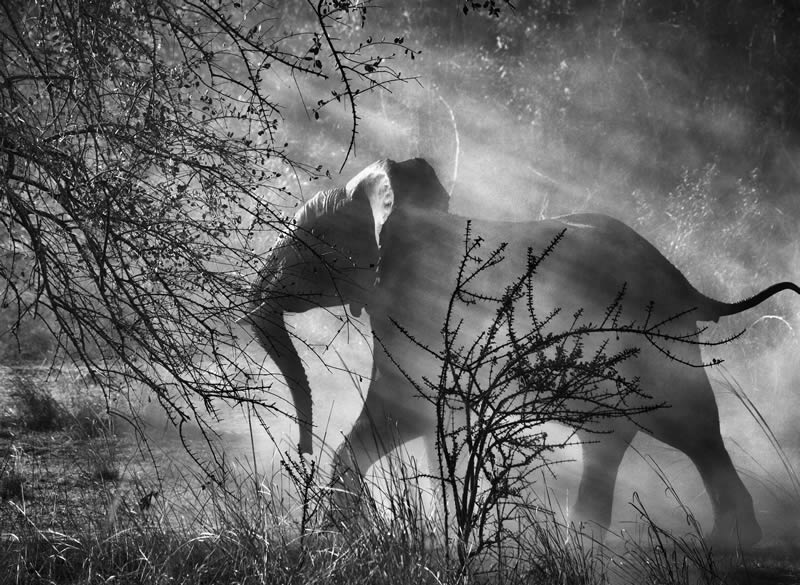
Reforestation and Conservation: The Instituto Terra
Salgado’s environmental commitment goes beyond his photography. In the 1990s, Sebastião and his wife Lélia returned to his family’s land, Fazenda Bulcão, in Aimorés, only to find that the once lush Atlantic Forest had been devastated by deforestation and environmental degradation. Rather than despair, they decided to act.
In 1998, they founded Instituto Terra, a non-profit organization aimed at restoring the Atlantic Forest. Through the institute, they launched one of the largest private reforestation efforts in Brazil. More than 2.5 million native trees have been planted, transforming the barren land back into a thriving ecosystem, home to wildlife, freshwater springs, and lush vegetation.
Salgado’s reforestation efforts stand as a testament to his belief in environmental preservation, highlighting that humans can reverse environmental damage if they act decisively. Instituto Terra also engages in environmental education programs, training local farmers and communities in sustainable practices.
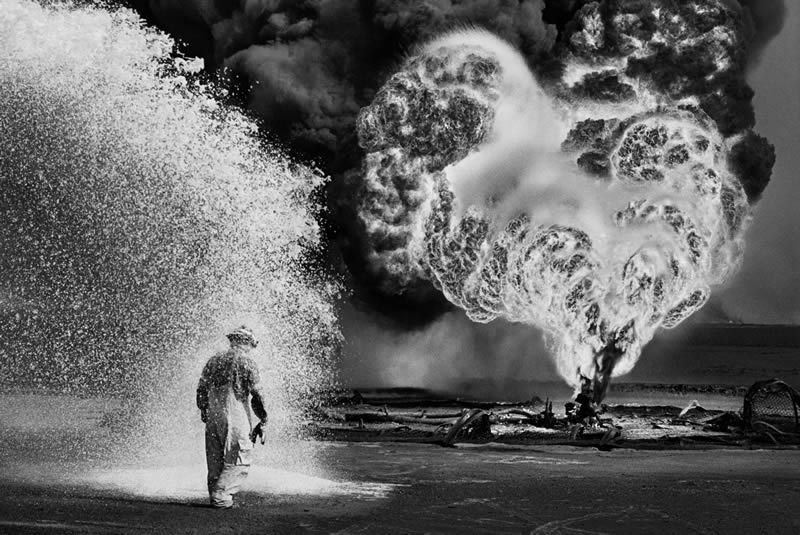
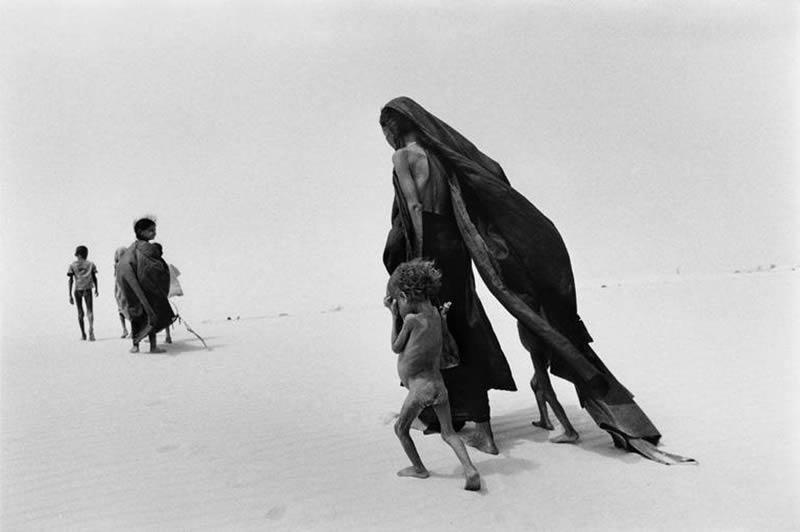
The Reforestation of Fazenda Bulcão
Fazenda Bulcão, Salgado’s family ranch, was once a vibrant part of the Atlantic Forest, one of the most biodiverse ecosystems on the planet. By the time Salgado and his wife took over the land, it had been reduced to barren hills due to cattle ranching and logging.
Determined to restore it, the couple embarked on a massive reforestation project. Over two decades, the ranch has been transformed into a thriving forest, home to more than 293 species of trees, countless birds, insects, and animals. The restored forest has also had positive effects on the local water cycle, restoring dried-up springs and streams.
The success of Fazenda Bulcão’s transformation has inspired environmentalists worldwide and has demonstrated how photography and direct environmental action can intersect in powerful ways.

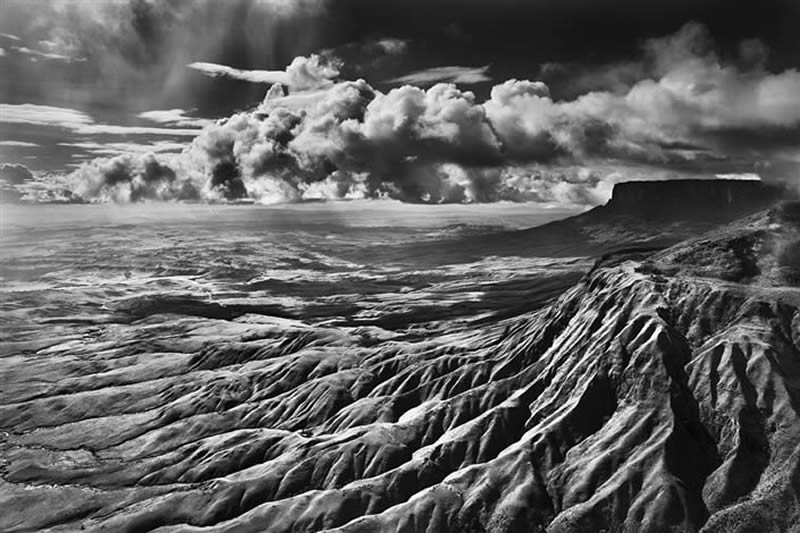
Black and White Photography: Aesthetic and Meaning
Salgado’s choice to work exclusively in black and white is a defining feature of his style. He believes that monochrome images eliminate distractions and focus the viewer’s attention on the subject’s emotional and narrative core. The high contrast between light and shadow imbues his images with a timeless, almost biblical quality.
Black and white photography, in Salgado’s hands, becomes a tool for storytelling that transcends cultural and temporal boundaries. His images capture both the dignity and the tragedy of the human experience. The starkness of black and white allows him to emphasize textures, expressions, and emotions in ways that color photography often cannot.
Furthermore, his dedication to analog photography — shooting on film and developing prints in his darkroom — adds a physical, tactile dimension to his art. His prints, often large-scale and museum-quality, possess a depth and richness that digital images struggle to achieve.
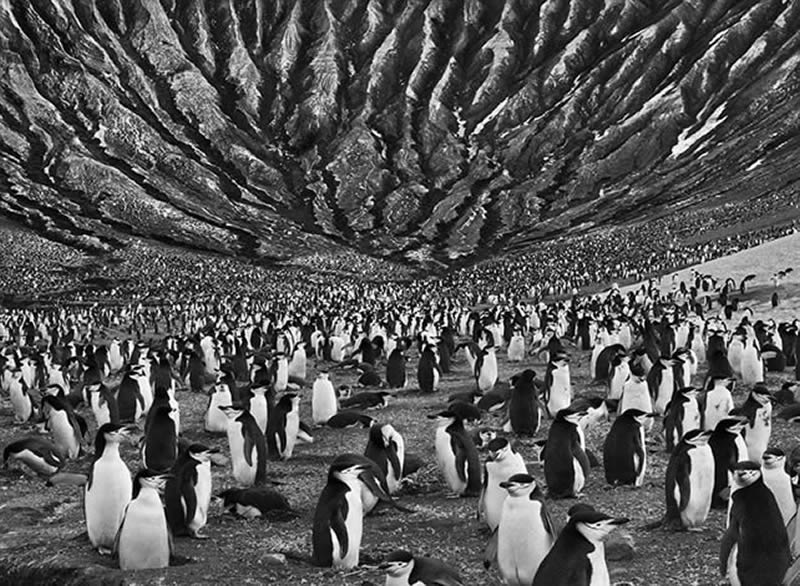
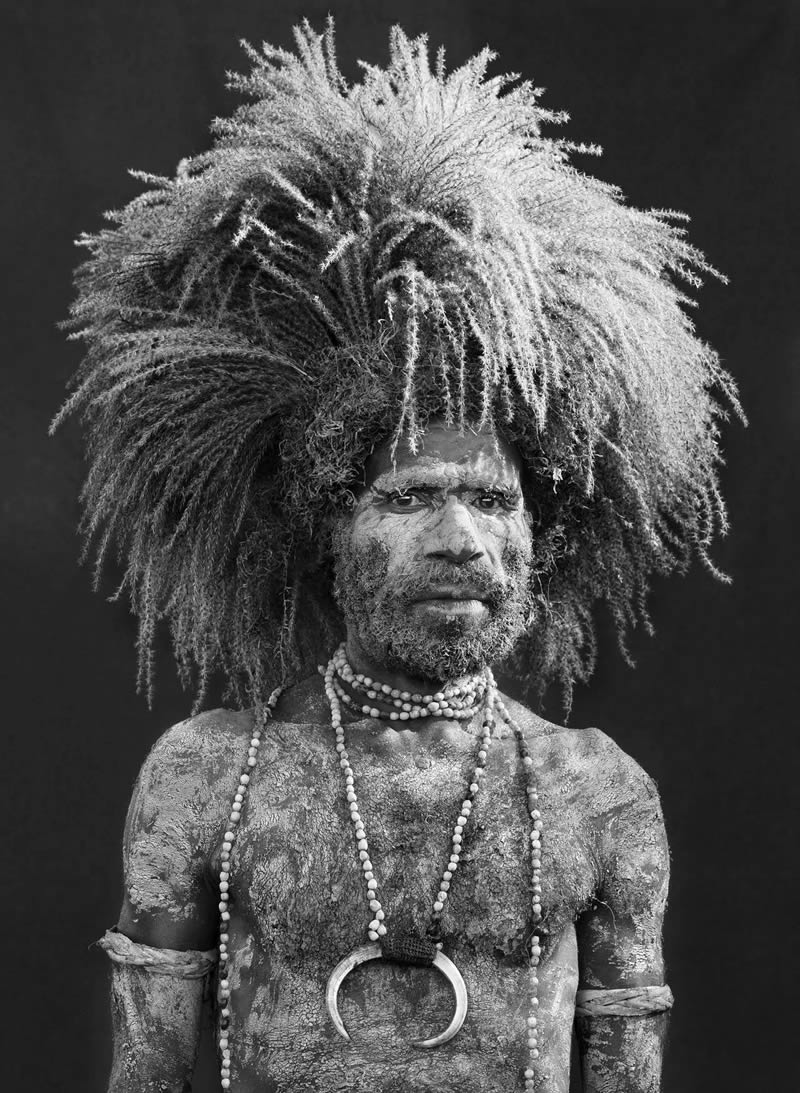
Impact and Legacy
Sebastião Salgado’s work has received widespread critical acclaim, and he has been the recipient of numerous awards, including the Royal Photographic Society’s Centenary Medal and the World Press Photo Award. His books, such as “Genesis” and “Workers,” have been highly influential, educating the public on the importance of humanitarian and environmental causes.
In 2014, the documentary “The Salt of the Earth,” directed by Wim Wenders and Salgado’s son Juliano Ribeiro Salgado, brought his life and work to an even larger audience. The film explores his career, philosophy, and the environmental restoration efforts at Instituto Terra. It was nominated for an Academy Award for Best Documentary Feature and won the Special Prize at the Cannes Film Festival.
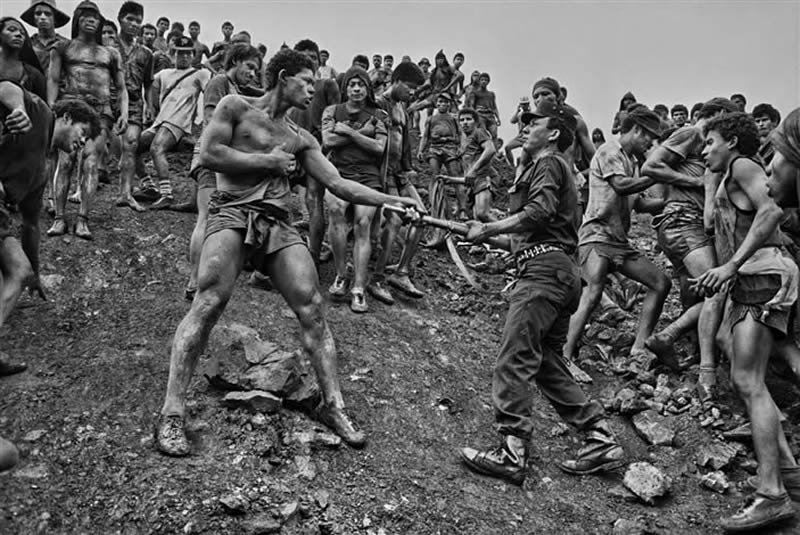
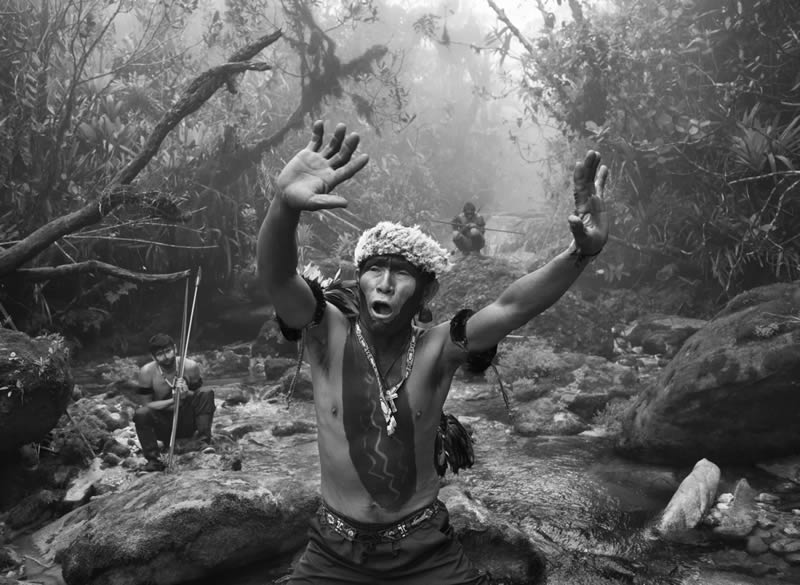
Awards and Recognitions
Sebastião Salgado has received numerous prestigious awards and honors throughout his career, recognizing both his artistic mastery and humanitarian impact. Among his most notable achievements are the Hasselblad Award (1989), often considered the “Nobel Prize of Photography,” and the World Press Photo Award, which he has won multiple times for his powerful documentary work. He has also been honored with the Leica Oskar Barnack Award (1985) and the Royal Photographic Society’s Centenary Medal (1993), celebrating his contributions to the art of photography. His books, such as Workers and Genesis, have also earned widespread acclaim, with the former winning the Prix Nadar (1994).
In addition to his photographic accolades, Salgado’s humanitarian and environmental efforts have garnered significant recognition. He was appointed a UNICEF Special Representative in 2001 and named a UNESCO Goodwill Ambassador in 2010, highlighting his dedication to advocating for social justice and environmental conservation. His reforestation project, Instituto Terra, has earned international praise for its role in restoring the Atlantic Forest in Brazil, cementing Salgado’s legacy as a photographer, activist, and environmentalist.
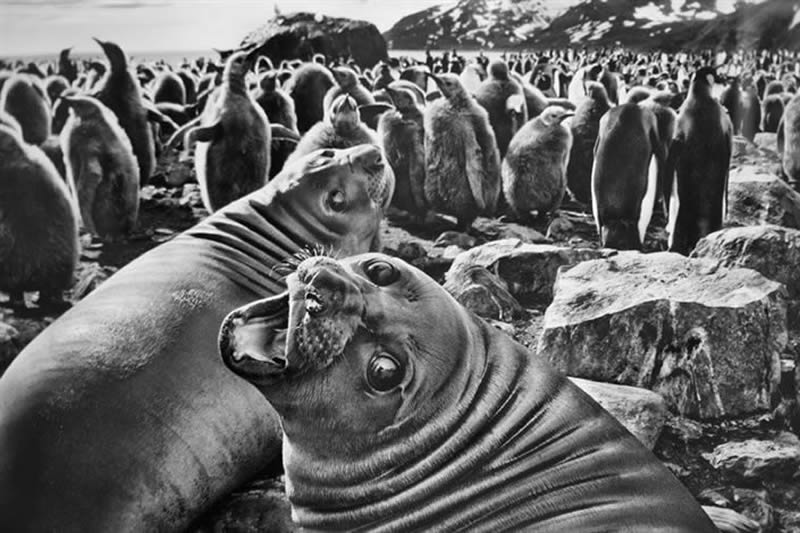
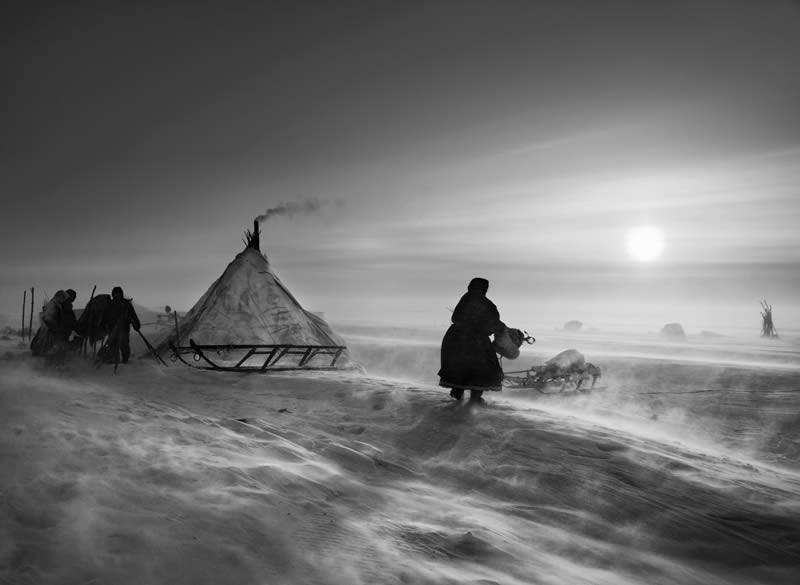
Conclusion
Sebastião Salgado is much more than a photographer; he is a storyteller, a humanitarian, and an environmentalist. His work transcends mere aesthetic beauty, pushing viewers to confront the pressing issues of our time — from human displacement and exploitation to environmental degradation. His commitment to social justice and environmental conservation serves as a model for how art can intersect with activism to inspire meaningful change.
His reforestation work through Instituto Terra adds another layer to his legacy, showing that photography and environmental action can complement each other. Salgado’s belief in the power of images to transform hearts and minds continues to inspire generations of photographers, environmentalists, and activists, proving that art can indeed be a powerful force for good.

